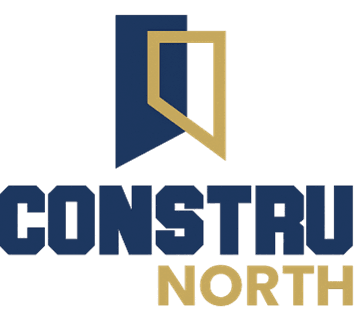Strategic Project Planning: Mitigating Contractual Risks and Streamlining Permit Approvals in Construction
Understanding Contractual Risks in Construction Projects
In the world of construction, strategic project planning is essential for mitigating contractual risks. These risks often arise from ambiguous contracts, unforeseen site conditions, or regulatory changes. Understanding these potential pitfalls is crucial to safeguarding the interests of all parties involved. By proactively identifying and addressing these risks, project managers can prevent costly disputes and ensure smooth project execution.
Key Contractual Risks to Consider
Contractual risks in construction can be broadly categorized into several types. These include scope changes, delays, and payment disputes. Scope changes can lead to increased costs and time overruns, while delays might result from factors such as weather conditions or supply chain disruptions. Payment disputes often arise from unclear contract terms or unmet project milestones, which can strain relationships between stakeholders.

Streamlining Permit Approvals for Construction Projects
Another critical aspect of strategic project planning in construction is streamlining permit approvals. Permitting is a necessary process that ensures compliance with local regulations and safety standards. However, it can often be time-consuming and complex, leading to project delays if not managed effectively. To mitigate this risk, it is essential to have a well-defined permitting strategy in place from the project's inception.
Steps to Facilitate Permit Approvals
To streamline the permit approval process, consider the following steps:
- Engage with local authorities early in the planning phase to understand the specific requirements and timelines.
- Ensure all documentation is accurate and complete before submission.
- Maintain open communication with regulatory bodies to address any issues promptly.
- Utilize technology solutions like permit management software to track progress and deadlines.
Implementing Risk Mitigation Strategies
Effective risk mitigation strategies are essential for successful construction project management. One approach is to conduct a comprehensive risk assessment early in the project lifecycle. This assessment should identify potential risks, evaluate their impact, and develop contingency plans to address them. Regular reviews and updates to this risk management plan are also vital as the project progresses.

The Role of Technology in Risk Management
Technology plays a significant role in enhancing risk management in construction projects. Tools such as Building Information Modeling (BIM) and project management software can provide real-time insights into project status, helping teams to anticipate and respond to risks more effectively. These technologies also facilitate better communication and collaboration among stakeholders, ensuring everyone is aligned and informed.
Building Stronger Contracts
One of the most effective ways to mitigate contractual risks is by building stronger contracts from the outset. This involves clearly defining project scope, timelines, and deliverables, as well as establishing dispute resolution mechanisms. Including detailed clauses on change orders and force majeure events can also help manage unexpected changes during the course of the project.

Fostering Collaborative Relationships
Finally, fostering collaborative relationships among all parties involved in a construction project is key to mitigating risks. Open communication, mutual respect, and a shared commitment to project success can create a positive working environment that reduces the likelihood of disputes. Regular meetings and updates help ensure everyone is aware of progress and any emerging issues.
In conclusion, strategic project planning in construction requires a comprehensive approach to managing contractual risks and streamlining permit approvals. By leveraging technology, fostering collaboration, and building robust contracts, construction professionals can navigate these challenges effectively and deliver successful projects on time and within budget.
